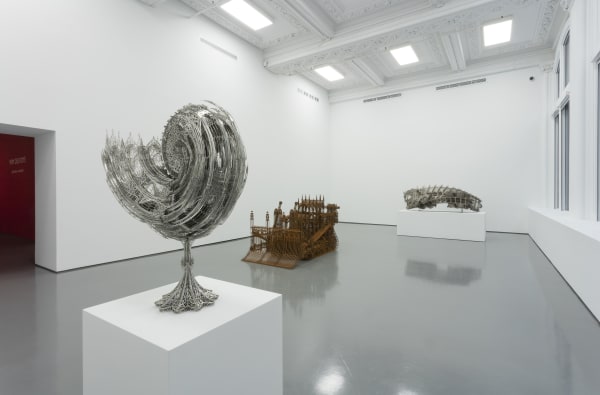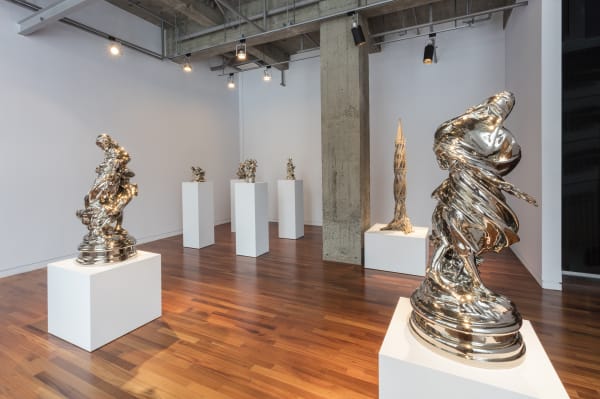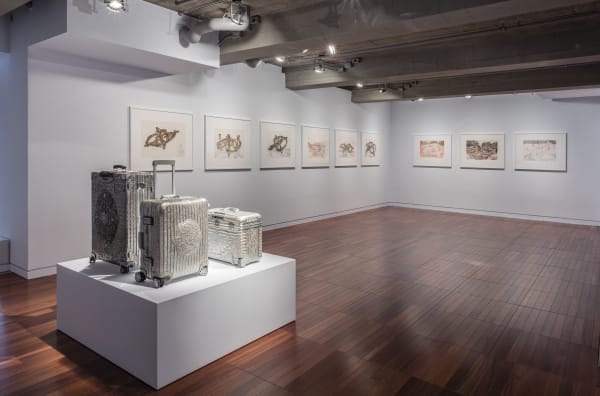Since the late 1980s, Belgian artist Wim Delvoye has been challenging the art world status quo through a multidisciplinary practice that includes sculpture, drawing, photography, installation, and video. Montreal audiences were first introduced to his work in 2009 through the presentation of Cloaca No. 5 at the Galerie de l’UQAM. Part of a larger series, this provocative machine/sculptural work reproduced the human digestive system whereby food was processed and transformed into waste matter. This initiation into Delvoye’s œuvre offered insight into his examination of consumerism and his critique of our intensely capitalist society. At DHC/ART, a major presentation of recent sculpture, drawing, and video will take us deeper into his study of a range of related topics, including branding, class, the economy, technology, and globalisation.
The works on display at DHC/ART underscore Delvoye’s distinctive strategy of employing fusion and torsion to re-signify and de-contextualize a range of objects, symbols, and icons. In the series Car Tyre (2011), the status of the lowly rubber tire is elevated to that of precious objet d’art after its utilitarian surface has been painstakingly hand carved with ornamental designs. Twisted Dump Truck (2011) is formed out of stainless steel that has been laser cut with an intricate, Gothic pattern; the twisting of its body further de-stabilizes a reading of the truck’s semantic and physical unity. Sculptural works based on forgotten, neo-gothic statues, such as La Pêche Clockwise (2011) and La Pêche Counterclockwise (2011), are also re/deformed into tornados of sumptuous nickled-bronze to disrupt established ideas and liberate interpretations. DHC/ART will also present a selection of Delvoye’s renowned tattooed pigskins. This project, which caused an outcry among animal rights activists, cleverly amalgamates the conceits of art collecting, the lowly rank of the pig, and the notoriety of tattoos to raise questions about class, value, and craft.
As we are immersed into Delvoye’s world, binary relationships such as sacred/profane, use/value, high/low culture, and traditional/modern begin to emerge. But rather than remaining polemical, Delvoye’s work suggests an elaboration of meanings, where contradictory notions can coexist in a kind of exquisite harmony, or in what he has termed ’emulsions’. The conceptual chemistry, sense of humour, aesthetic juxtapositions, and affecting physicality of Wim Delvoye’s work deliver an astute critique that has the power to provoke a deeper reflection into our relationship with the panoply of systems, hierarchies, and discourses that shape and affect our contemporary condition.
November 30, 2016




